“Monday morning felt like it came a little faster,” you say to yourself while grabbing your lunch pale and walk towards the office. After speaking with a colleague briefly, you meet with your boss to find out which tractor you would be driving for the week. Your boss explains to you that the tractor you were supposed to be operating today is in the shop for a major repair and that you will be riding with the flat deck team-lead for today.
Since you and the team-lead have worked together indirectly for years, you felt a little more comfortable about today than you had on your commute to the yard. While walking out to the yard, you see the team-lead hauling some chains from the storage container to a trailer, and walked over to give them a hand. After grabbing a couple of new chains, you’re asked to grab the new boomers and a couple of ratchet straps that are currently placed next to the storage container, and bring them to the trailer as well.
While returning to the trailer, the team-lead communicates to you that they were going to inspect the chains for any dents, facture points, or breaks, and asked if you could inspect the boomers and straps for the same. While hauling reefer equipment over the highway, you have mainly utilized load bars, which are fairly straight forward when inspecting each component to ensure they were in working and legal condition. As you inspect each boomer and strap, you communicate that inspecting these cargo securement tools is quite a bit different than inspecting the load bars you have become comfortable utilizing. Your team-lead then speaks up, communicating that not only is it a legal requirement to ensure your cargo securement tools are in safe working order, but nothing is also tied down on his trailer without ensuring such.
After all of the cargo securement tools are inspected, the team-lead asks that you hang half of them on the chain hanger on the headache rack, and place the rest in the middle of the deck. While completing, you see the team-lead lowering the beavertail on the trailer and walk over to a fairly large excavator that will be delivered to a customer this morning. You think to yourself, how different the morning went today, knowing you were working within the city hauling equipment compared to what you were used to, hauling refers over the highway.
Navigating the City Corridor
After loading and securing the excavator, you and your team-lead both enter the cab of the tractor. As you sit down in the passenger seat, you think to yourself “wow, it has been a few years since I have sat on this side of the rig”. Your team-lead logs into the dispatch system on the tablet and communicates to you that this delivery will be fun, with a sly smirk on their face. After entering the customer location’s address into the GPS, ensuring their daily vehicle inspection report has been completed buckling up your seatbelts, you depart the yard.
While heading North down the highway, you notice that your team-lead has maintained the exact speed limit ever since departing the yard and let them know that while out on the highway, you find most commercial vehicles are traveling at a minimum of 10 KM over the posted speed limit. They respond, communicating how important it is to monitor your speed and space while operating a commercial vehicle, regardless of where you go. It only takes a fraction of a second for something to happen, such as a vehicle cutting you off, or an animal jumping out in front of you. If you are not traveling at a safe and legal speed, the likelihood of you preventing an accident drops drastically. Plus, by exceeding the posted speed limit, how much more fuel is your rig burning to only arrive maybe a couple of minutes faster?
After taking the off-ramp, you start to head towards the city corridor on the east side of town. If you were to take this route a couple of years prior, it would have been nothing but farmers’ fields and a couple of warehouses. Now, there are malls, residential houses, transit systems, and a handful of schools opening or about to be opened.
As your commute takes you further into the residential area, your team-lead communicates the importance of monitoring the signage in the area. They advise that certain areas have no-truck route signs, while other areas are fine with commercial vehicle traffic. They communicate that thankfully this customer provides very good instructions, as although the GPS in their tractor identifies truck routes, they do not often pick up new residential areas when delivering equipment. They reiterate the importance of monitoring where they take a tractor-trailer while working in the city, to ensure they do not end up in a spot they cannot get out of unscathed.
When you ask your team-lead where it is that you are taking the excavator, they point ahead and say about three more right-hand turns, through one school zone, and then a quick left. They explain the excavator is being delivered to a large landscaping contractor in town that is finishing the school’s soccer fields. Additionally, the reason why they needed you to work locally during this week is to help deliver a long list of equipment to this exact site as the contractor is on a time crunch to complete the project.
Three right-hand turns later, your team-lead was correct, you see the brand new school in front of you. As the rig gets closer, you see the first initial warning sign of a school zone approaching. You quickly state that you are thankful it is still early in the morning, and there are no kids being dropped off for school yet. Your team-lead communicates the importance of keeping a very watchful eye while navigating through school zones regardless of the time of day, as you never know if kids are walking to school or possibly dropped off early for whatever reason.
As you crawl through the school zone, both of your heads are on a swivel to ensure you identify any possible situation that could turn bad. As you cross through the last of the school zone, you let out a small sigh of relief. Sure, you feel that your team-lead is a professional driver, but the mere thought of being involved in an incident with a pedestrian, let alone a child, makes you feel a lump in your throat.
Things to Consider
You do not even realize the left turn has come and gone, as your team-lead parks the rig at the job site. “Wow,” you say. That commute was more action-packed than plenty of the trips I have completed over the last couple of years on my normal route. Sure, the highway brings a different set of challenges that we did not face during this morning’s commute, but so many others did.
It is extremely important to inspect your cargo securement tools prior to even loading a piece of equipment. You need to know in advance the tools you were planning to utilize meet the legal requirements in the first place. It is a legal requirement to understand working load limits, weight restrictions on your trailer, the height of your load, to ensure you can safely and legally complete your delivery prior to departure. If you feel unsure about any of these components, speak with your company to ensure you are properly trained.
Following the speed limits, regardless of if you are operating within the city corridor or out on the highway is mandatory and not a suggestion. Operating a commercial vehicle that can weigh in excess of 65,000 KG is no laughing matter and as a professional driver, it is your responsibility to drive to the road conditions, to traffic conditions, and to your ability as a professional, to ensure you and others are safe at all times.
As a professional driver, you face such a large variety of challenges each day. It is important that you mentally prepare yourself each day before getting behind the wheel. This will help ensure that you are operating with a clear mind, and can focus on the tasks at hand, and are not distracted by other circumstances going on in life. We appreciate all of your hard work and dedication, thank you.





Comments are closed